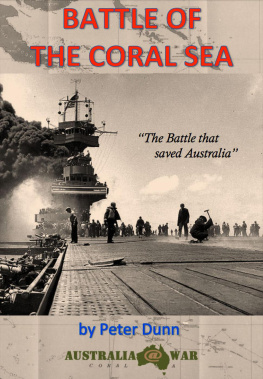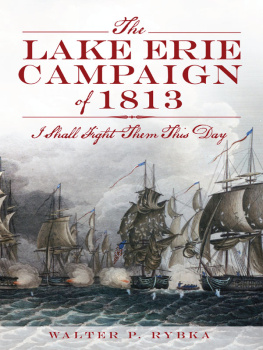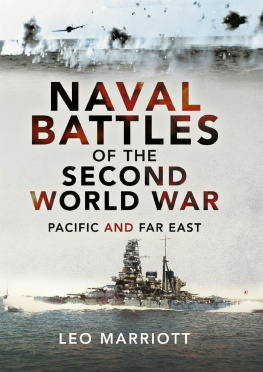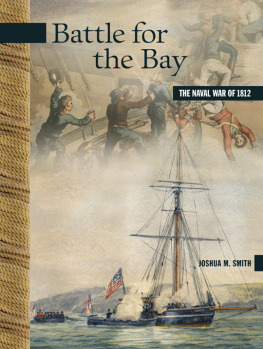2013 by The Kent State University Press, Kent, Ohio 44242
All rights reserved
Library of Congress Catalog Card Number 2012048782
ISBN 978-1-60635-179-6
Manufactured in the United States of America
LIBRARY OF CONGRESS CATALOGING-IN-PUBLICATION DATA
The Battle of Lake Erie and its aftermath : a reassessment / David Curtis Skaggs, editor.
pages cm
Sequel to: War on the Great Lakes, (1991)
Includes bibliographical references.
ISBN 978-1-60635-179-6 (hardcover)
1. Lake Erie, Battle of, 1813. 2. Lake Erie, Battle of, 1813Influence.
I. Skaggs, David Curtis.
E356.E6B285 2013
973.5'254dc23
2012048782
17 16 15 14 13 5 4 3 2 1
DAVID CURTIS SKAGGS
F ew naval battles in American history have left a more enduring impress on our national consciousness than the Battle of Lake Erie, 10 September 1813. Master Commandant Oliver Hazard Perrys battle flag emblazoned with the message Dont Give Up the Ship, now enshrined at the U.S. Naval Academy, has become a naval maxim. His succinct after-action reportWe have met the enemy and they are oursconstitutes one of the more memorable battle summaries in our national history. The 352-foot Doric column at the Perrys Victory and International Peace Memorial on South Bass Island, Ohio, is one of the tallest memorials in the world and constantly reminds those sailing on this Great Lake of not only the naval engagement but also the two centuries of peace that followed. Often sailing on these waters is the Pennsylvania Historical and Museum Commissions U.S. brig Niagara, a replica of the relief flagship of Perrys squadron. It, too, keeps the memory of the U.S. Navys first squadron-to-squadron victory alive among the general public, and it also keeps alive the skills so necessary in a sailing navy.
It is appropriate, therefore, to celebrate the bicentennial of the American victory with a review of the battle and its consequences with a series of essays on a variety of topics related thereto. Twenty-five years ago Jeff Welsh and I gathered essays from a scholarly conference into a book entitled War on the Great Lakes: Essays Commemorating the 175th Anniversary of the Battle of Lake Erie (Kent State University Press, 1991). The time has come to update this collection and to incorporate new scholarship of the past quarter-century.
Assembled here are contributions dealing with events leading up to the naval battle, the battle itself, and its immediate and long-term consequences. Also, there are two essays dealing with the memory of the Battle of Lake Erie through the maintenance and exhibition of Perrys famous battle flag and the flagship Niagaras role in letting us better understand aspects of the engagement on the lake.
While several of these essays bring to light new insights relating to this era, others provide summaries of current scholarship about the battle and its consequences. Collectively they provide the general reader, the military history enthusiast, and the professional historian new looks at this naval engagement and its impact on subsequent historical events. The reader will find each chapter a self-contained approach relative to a common subject the Battle of Lake Erie and its consequences.
Larry Nelson sets the stage by describing the Maumee Valley and its importance in the campaigns of 1812. This river, today virtually unknown except to residents of northeast Indiana and northwest Ohio, brings a larger volume of water into the Great Lakes than any other watercourse. In a world of waterborne transportation, it was a critical route to the lakes, since the Black Swamp that lay to its south obstructed overland transportation northward from Cincinnati toward Detroit. With British naval dominance on Lake Erie, Americans were forced to either move through the swamp, as General William Hull did, or around it down the Maumee, as General Anthony Wayne had done nearly two decades earlier. The failure of General James Winchesters campaign to exploit the Maumee route in 1812 eventually led to his rash advance toward Frenchtown (Monroe, Michigan) the following January and his disastrous defeat there in the River Raisin Massacre. This defeat contributed to the decision to concentrate on gaining naval dominance on Lake Erie before advancing toward Detroit. Control of the lake would not only allow a more convenient means of logistically supporting ground troops; it would also permit an invasion of Canada without having to utilize the vulnerable ground transportation link between the Maumee Rapids and Detroit that had contributed to General William Hulls surrender of Detroit in August 1812.
That effort is summarized in my brief essay on the Lake Erie campaign. The successful labors of Oliver Hazard Perry, along with those of shipbuilder Noah Brown and their sailors and workmen at Presque Isle Bay (Erie, Pennsylvania), created a squadron larger and with much more firepower than that of the British. Given his advantages, Perry should have easily won the Battle of Lake Erie. The inexperience of the U.S. Navy officers in squadron tactics hampered their conduct during the battle. As the captain of the Lawrence, Perry proved a resolute and effective commander; as the commodore of the American squadron he was less capable. Mike Palmer, a distinguished scholar of naval command and control problems during the age of fighting sail, criticizes Perrys failure to signal his subordinates and communicate his intentions as the situation his squadron faced changed during the course of the three-hour battle. This failure made what should have been a relatively easy U.S. Navy triumph into one whose outcome was in doubt.
Despite his inadequacies during the battle, Perry proved a most cooperative and effective leader of the navys support of the armys campaign to gain control of southeastern Michigan and southwestern Upper Canada (modern Ontario). My essay on the unity of effort between Perry and Major General William Henry Harrison during the subsequent retaking of Detroit and the Thames River campaign demonstrates how the army and navy could mutually support one another without a single command authority. Elsewhere during the War of 1812 one finds interservice rivalries, personality clashes, and Washington headquarters directives adversely affecting the conduct of joint operations.
Most American studies of the war in the Great Lakes region claim that Perry and Harrison were saviors of the Old Northwest and devote little attention to subsequent campaigns north of a line from Detroit to Chicago. But as far as military efforts go, their triumphs in the autumn of 1813 left nearly half the regions territory in the hands of a few redcoats, more numerous fur traders and their voyageurs, and Indian allies. From Prairie du Chien to Fort Mackinac, these three groups fought a gallant delaying action that failed not on the battlefield but at the negotiating table. Brian Dunnigan, who has spent most of his summers on Mackinac Island, uses his accomplished scholarly skills to describe the American inability to retake Fort Mackinac nearly a year after Perrys victory. He demonstrates how the tactical inadequacies of the American attackers combined with the determined defense of British lieutenant colonel Robert McDouall, his soldiers, and their native allies frustrated the American efforts. An important observation of Dunnigans essay is whether this expedition was strategically misplaced and Commodore Arthur Sinclairs vessels would have been more useful in supporting the more critical campaign on the Niagara peninsula.











